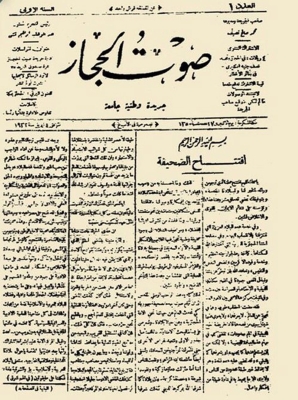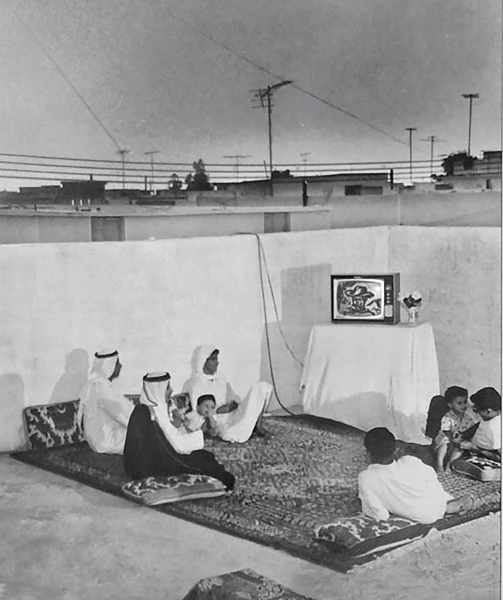
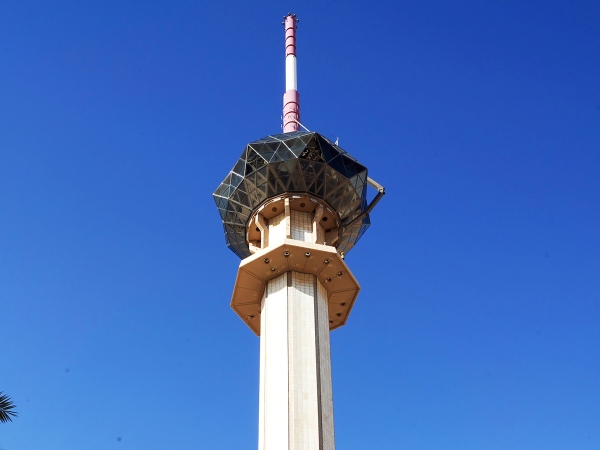
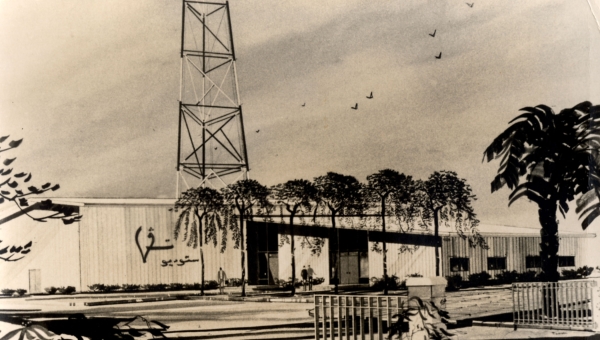

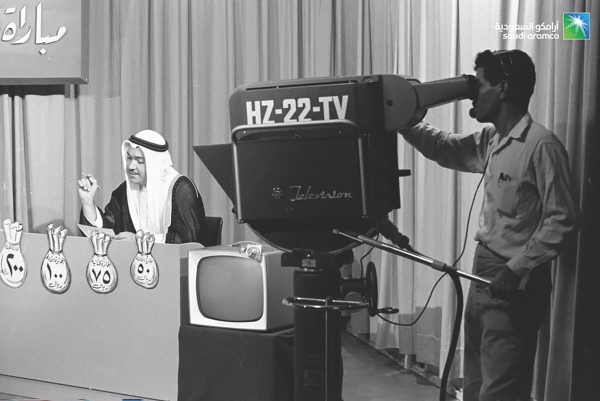
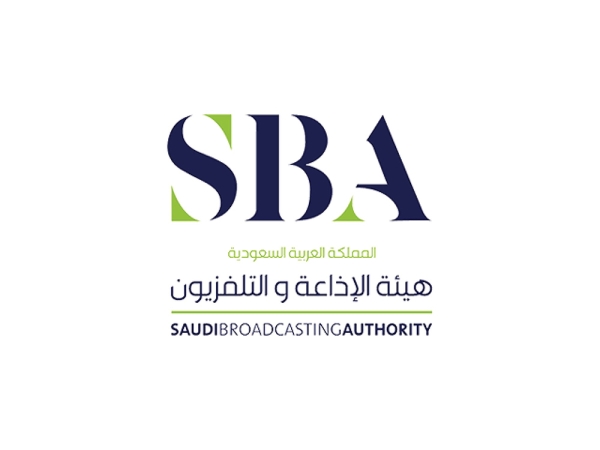
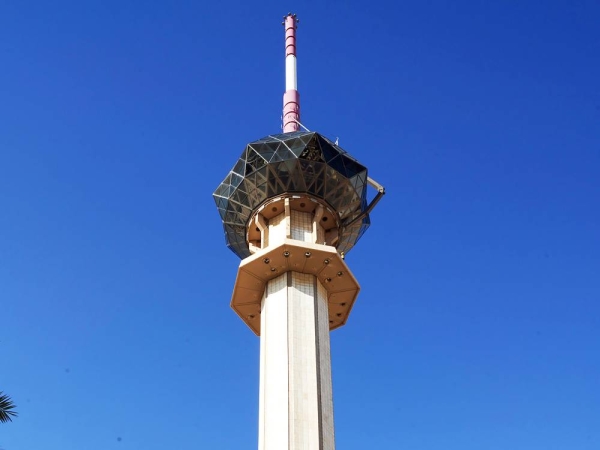
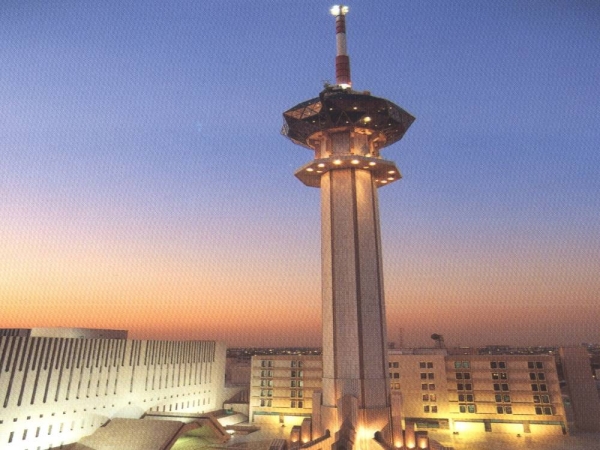
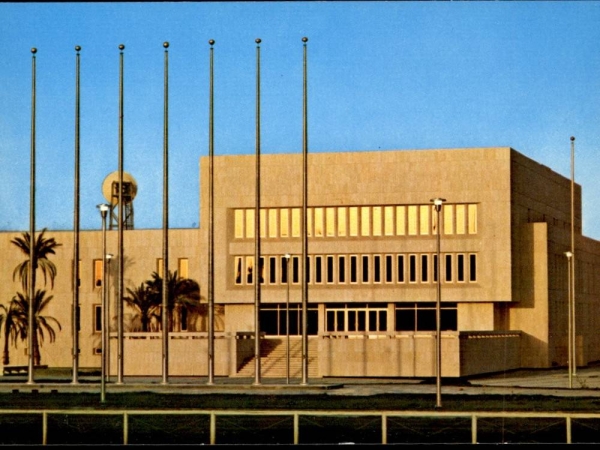
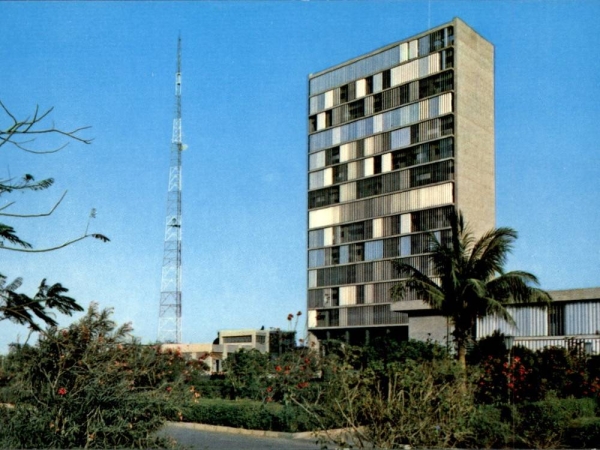
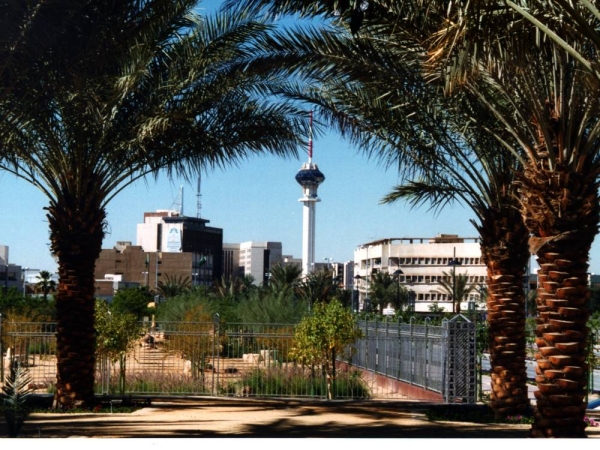
Saudi Television refers to the group of TV channels broadcasting in the Kingdom of Saudi Arabia. It began operation in 1965 with the launch of al-Saudiya channel. It is headquartered in the capital, Riyadh. It is supervised by the Saudi Broadcasting Authority affiliated with the Ministry of Media. It comprises eight channels: al-Saudiya, SBC Channel, al-Ekhbariya Channel, Saudi Sports Channel, Quran Channel, Sunnah Channel, Thikrayat Channel, and Saudi Now Channel.
Early days of TV broadcasting in Saudi Arabia
In 1955, Saudi Arabia initiated its first TV broadcast in the Middle East via the American Mission Channel in Dhahran, back then broadcasting in English in Dharan area. In 1957, Aramco channel was established, and the new channel was broadcast from Dhahran to al-Hufuf and some countries of the Gulf.
History of Saudi television
The television concept is attributed to King Saud Bin Abdulaziz Al Saud who suggested the establishment of the Saudi channel during the reign of his father, the Founding King Abdulaziz Bin Abdulrahman Al Saud. The Saudi Television was first mentioned during his reign in 1962, when King Faisal Bin Abdulaziz Al Saud, then crown prince, announced the introduction of TV broadcast to Saudi Arabia in a ministerial statement.
The Saudi television project was approved by the Council of Ministers in 1963, during the reign of King Saud. In 1965, the second year of the reign of King Faisal, Saudi television began broadcasting its shows in black and white on the Kingdom of Saudi Arabia Channel.
In 2012, Saudi television and radio were converted into a public authority known as the "Saudi Broadcasting Authority," pursuant to the resolution issued by the Council of Ministers to offer a selection of various TV channels.
Color broadcast on Saudi television
Upon unifying the central broadcasting of all channels via a coaxial cable, Saudi television began its color broadcast from Jeddah and Makkah al-Mukarramah in 1974, followed by al-Madinah al-Munawwarah in 1975, and Taif and al-Bahah. On the first day of Eid al-Fitr in 1976, the capital Riyadh witnessed its first-ever introduction of color television.
Headquarters of the Saudi Television
The current headquarters of the Saudi Television were inaugurated in 1982, under the name of the "TV Tower Complex," one of the landmarks of the Saudi capital. The inauguration of the complex constituted a qualitative leap for Saudi TV broadcast, where studios underwent expansion, and the quality of equipment, broadcasting, and transmission technology was enhanced.
Theater of Saudi Television
The theater of Saudi television is one of the important parts of the TV tower. In fact, it introduced Saudi artists, such as Tariq Abdul Hakim, Fawzi Mohsen, Talal Maddah, and Mohammed Abdullah, to the Saudi and Arab audiences. It has also shed light on several actors, musicians, and voice actors, with its first episode airing in 1965. In its early days, the television theater consisted of a small studio topped by a booth for the music band in Jeddah and Riyadh stations. It has a space dedicated to the audience with a capacity of sixty people.
Interviews and talk shows on Saudi Television
Saudi TV began producing and presenting live interviews and talk shows in 1995, the most notable of which were the Ma'akum Ala al-Hawa' and Huroof. Several local dramas for adults and children, such as the Awdat Aswaid, Asabe' al-Zaman, and the children's series Baba Farhan, were also broadcast.
Broadcast interruption and channel merger within Saudi television
Between 2017 and 2018, Saudi television interrupted the broadcast of some main channels and merged some others, including the Economic Channel that was merged with al-Ekhbariya Channel, the Cultural Channel which was replaced by SBC Channel, and Ajial al-Atfal Channel whose broadcast was interrupted, with its shows transferred to SCC Channel. The second Saudi channel, broadcasting in English, was also suspended under the framework of the Saudi Broadcasting Authority plan aimed at the channel's development.
Related quizzes
Related articles


